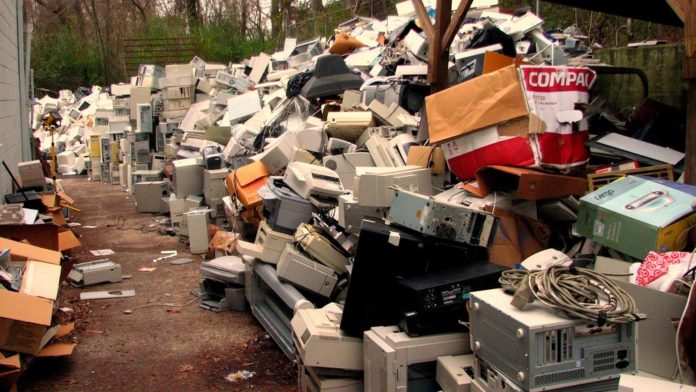Canadian and American researchers have discovered that a previously unsuspected pollutant is prevalent in homes and the environment. Their discovery was published in Environmental Science and Technology.
Tri (2,4-di-t-butylphenyl) phosphate (TDTBPP) can be absorbed through the skin or inhaled via contaminated dust. The compound is a part of an organophosphate family known to have toxic properties, but the toxicity of TDTBPP itself has not yet been determined.
Common uses for TDTBPP include insecticide, plasticizers (found in consumer products like printed circuit boards), and flame retardants – which is where it was discovered by the team.
“We were looking at flame retardants and found this compound for the first time,” says lead author Marta Venier from Indiana University. “This compound is potentially a concern because of exposure in homes and occupational settings.”
Not much is known about the toxicity of TDTBPP or how it leaks into the environment, leading to calls for further study to assess its true potency.
As part of the study, dust samples from 20 residential homes in Ontario, Canada were analyzed along with samples from an e-waste facility. Environmental samples were sourced from water, air, and sediment in the Lake Michigan area.
“Surprising” levels of TDTBPP were found everywhere the team looked, but most worryingly, the highest concentrations were in the house dust samples.
“The fact that this potentially toxic chemical is so abundant, but was previously unknown, is another example of the ineffective management of chemicals in the United States,” said Venier in an Indiana University press release.
Commercial chemicals like TDTBPP don’t fall under regulatory restrictions as set out by the US Toxic Substances Control Act unless they are being used for a new purpose. Moreover, information on their commercial use is private. Because of this, environmental chemists have a tough time tracking down potentially harmful pollutants, so lax regulatory frameworks may be putting people at risk.
It isn’t until general environmental scans such as this are performed that potentially dangerous chemicals are identified and assessed.
“Our research is the first step,” says Venier. “Now that we know that TDTBPP is prevalent – especially in homes – scientists can flag it for further study and focus on understanding the effects of TDTBPP on people.”








































